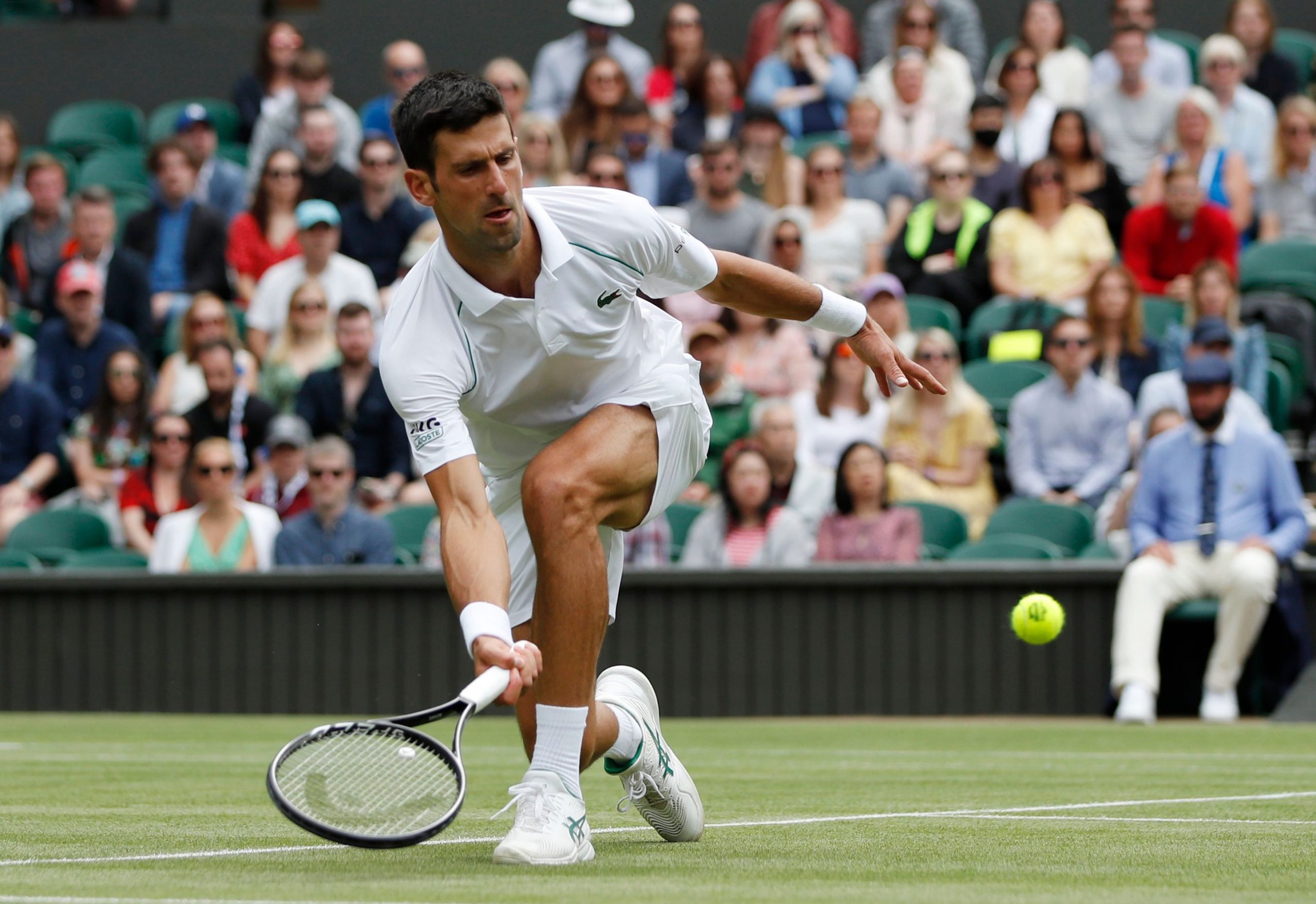The perennial debate of who is the G.O.A.T. of tennis” among men’s tennis players continues to captivate fans and historians alike. Determining the greatest of all time (G.O.A.T) in tennis is not a straightforward task, as it spans multiple eras—each marked by its own challenges, technology, and competitive fields. This makes comparisons fraught with complexities, as metrics and criteria vary widely. From the storied grass courts of Wimbledon to the hard courts of the US Open, legends have been made, but the question remains: who truly dominates the title of the G.O.A.T. t in tennis? Factors like Grand Slam wins, weeks at number one, and even peer recognition play significant roles in this intricate evaluation, showcasing the rich history and evolution of this global sport.
Main criteria for G.O.A.T status in men’s tennis
Rafael Nadal currently leads the pack with a remarkable tally of 22 Grand Slam titles, surpassing both Novak Djokovic and Roger Federer. His exceptional performance in the 2022 season elevated him above his fierce competitors, adding a layer of prestige to his illustrious career. This achievement not only underscores his dominance in the realm of G.O.A.T. tennis but also cements his status as a prominent G.O.A.T. of tennis male.
Weeks at world number one
Novak Djokovic has redefined consistency at the pinnacle of men’s tennis, holding the world number one spot for an unprecedented 373 weeks. This places him well ahead of other tennis legends like Roger Federer, who held the spot for 310 weeks, and Pete Sampras with 286 weeks. Djokovic’s endurance at the top highlights his extraordinary capabilities and resilience, marking him as a key contender in the debate over the G.O.A.T. t in tennis.
Special achievements
The conversation about tennis’s greatest achievements would be incomplete without mentioning the Career Grand Slam and the Career Golden Slam. Novak Djokovic and Rafael Nadal have each completed two Career Grand Slams, showcasing their versatility across different surfaces. Additionally, Andre Agassi and Nadal are distinguished by their Career Golden Slams, having won all four major titles plus Olympic gold. Rod Laver’s unique accomplishment of the calendar year Grand Slam in 1969 remains a monumental benchmark in tennis history, illustrating the pinnacle of achievement and underscoring the legacy of G.O.A.T. tennis.
Percentage of grand slam matches won
A key indicator often overlooked in the debate of ” who is the G.O.A.T. of tennis” is the percentage of Grand Slam matches won. This statistic offers a clear lens through which the prowess of players can be viewed, considering only their performances at the highest level—the Grand Slams. Bjorn Borg leads impressively in this category, with an exceptional win-loss record of 89.2%, having won 141 out of 158 matches. This not only underscores his dominance during his active years but also his efficiency in major tournaments.
Close on his heels is Rafael Nadal, whose resilience and skill on various surfaces have earned him a win rate of 88.2% across 313 matches. This statistic is particularly noteworthy given the depth of competition and the physical demands of modern tennis. Novak Djokovic follows with a win percentage of 87.7%, while Roger Federer, celebrated for his grace and longevity, has secured 86.0% wins. Pete Sampras rounds out this elite list with an 84.2% win rate in Grand Slam matches.
These figures are critical in evaluating G.O.A.T. tennis, as they reflect not only the ability to win but to do so consistently against the best in the world at the most prestigious tournaments. The remarkable percentages held by these legends further complicate the G.O.A.T debate, suggesting that dominance in Grand Slams is a compelling metric of greatness in tennis.

Peer recognition and legacy
The legacy of a player like Roger Federer is not only built on his record-breaking statistics but also on the high regard in which he is held by his peers and the sports media. Recognized widely for his elegance on the court and sportsmanship, Federer’s influence transcends his match wins, impacting the very culture of tennis. After his retirement, figures such as Serena Williams, a 23-time Grand Slam winner herself, lauded him as the ” G.O.A.T. of tennis male”. This peer recognition reflects a profound respect that extends beyond mere numbers, capturing the essence of what many believe makes a true tennis G.O.A.T. s — not just dominance but also character and influence in shaping the game.
Beyond the score: Debating the true G.O.A.T of Men’s Tennis
Determining ” who is the G.O.A.T. of tennis ” is a nuanced debate that goes beyond simple metrics like Grand Slam counts or weeks at number one. It involves a blend of statistical achievement and personal impact, both on and off the court. As the tennis world continues to evolve, the criteria for being the greatest might also shift, reflecting changes in the game’s dynamics and the values we hold in esteem. Thus, while the debate may never conclude definitively, it encourages a deeper appreciation of the legends who have shaped this sport. Engaging in this discussion, we invite readers to consider not just the achievements, but also the enduring legacies of these remarkable athletes.

Recent Comments